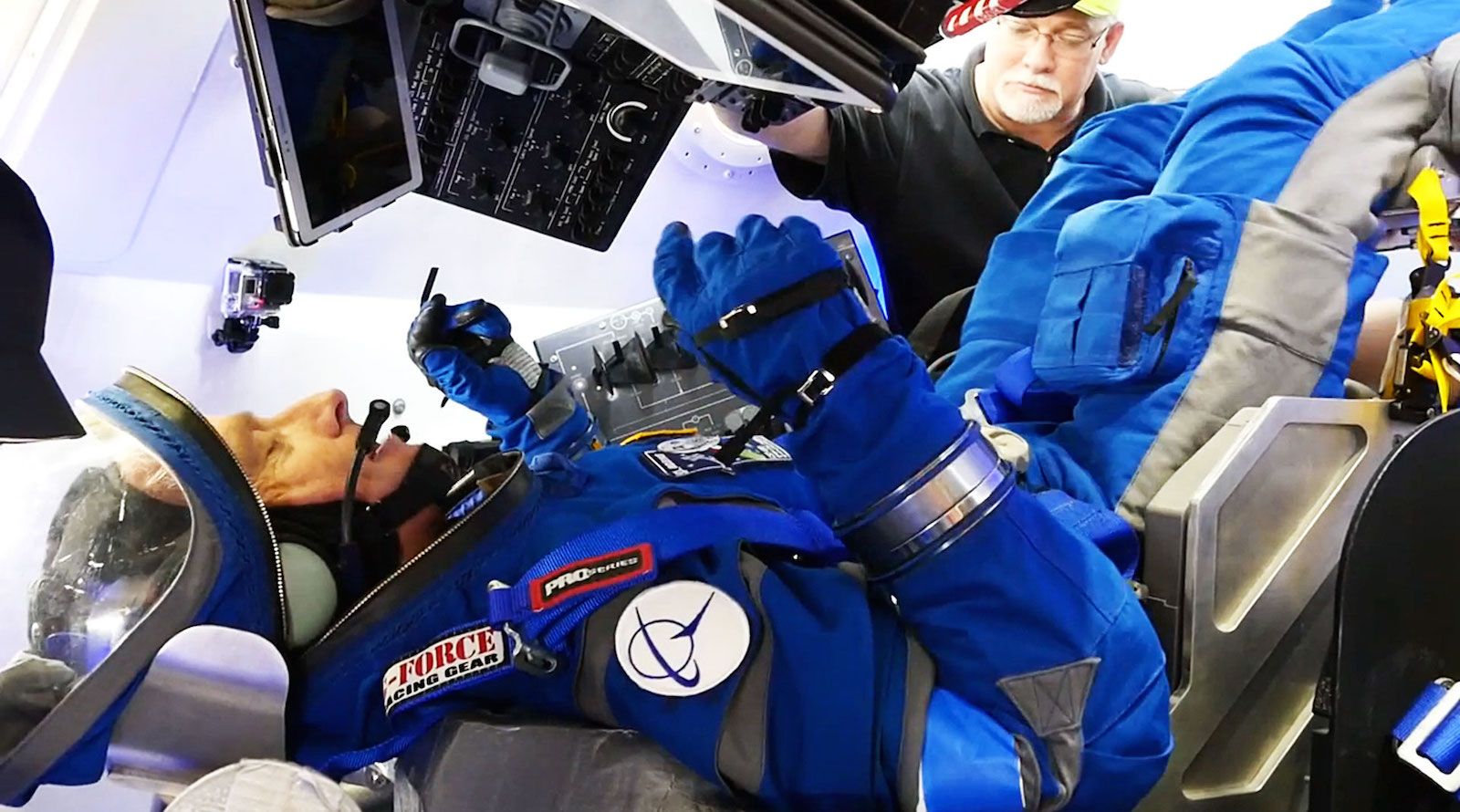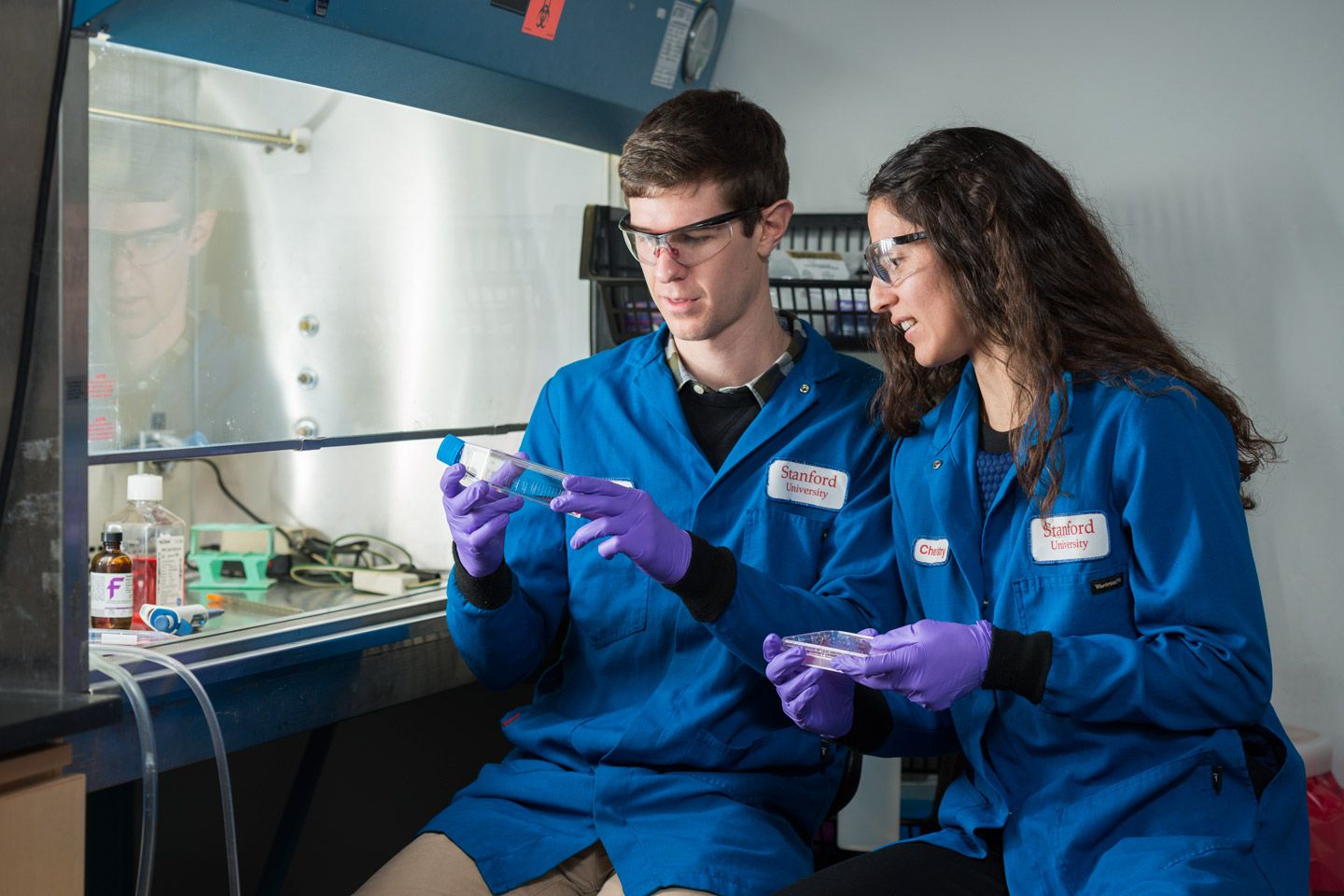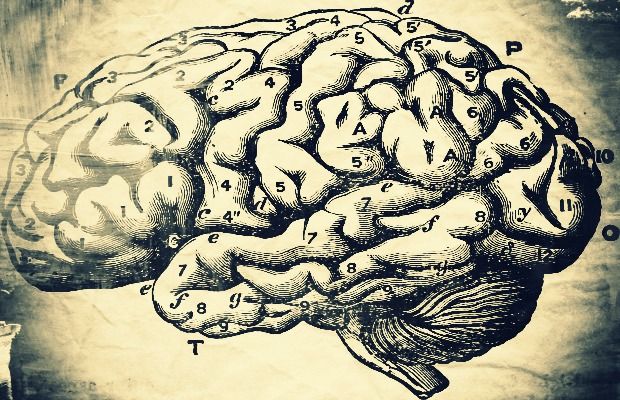For those interested in life extension and bionic / cyborg type enhancements, this CMU Robotics Institute Seminar gives an overview of the background and current developments in artificial vision. José Alain Sahel MD is a world leading ophthalmologist with a lengthy bio and numerous honors and appointments.
In the future, if you’re going blind, these sight restoration technologies may be used to remediate your vision loss.
Three major ideas are covered. 1) Implanting arrays of tiny 3-color LEDs under a failed retina to stimulate still-okay cells, and 2) using gene therapy to express a novel photoreceptor, borrowed from algae, to restore a form of sight to failed cells. These can be done together. Lots of studies in mice, primates, and humans. Some coverage is also given to 3) directly implanting electronics in the brain to send complete images to vision centers, but this is still at an early stage.
None of this is anywhere near total restoration. The patients can make out a few words for the first time. And unlike normal vision, the range of light intensity levels remains very narrow. But obviously it’s much better than nothing and will get better over time.
As a point of humor, he tells the story of one of his blind patients who totally redesigned one of his experiments for him.







